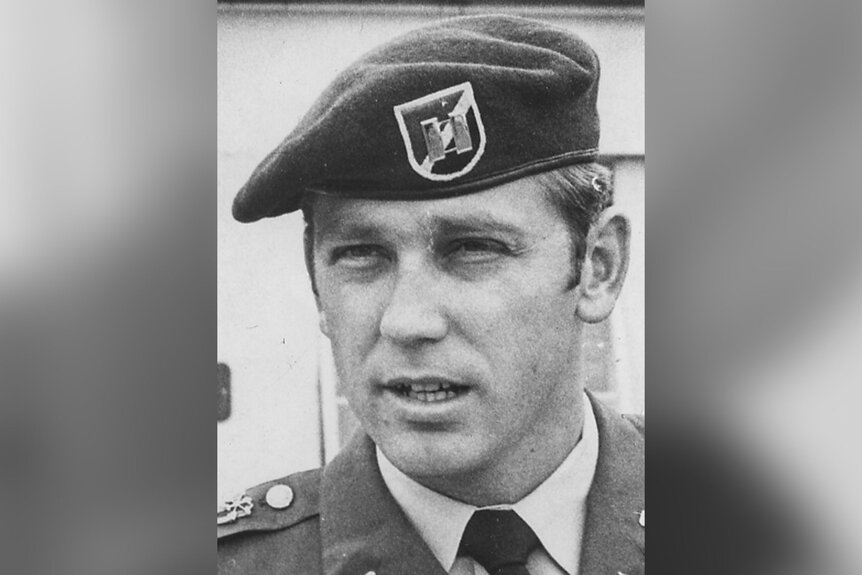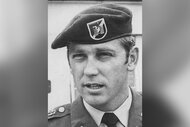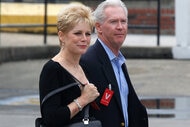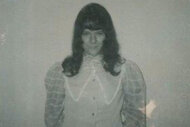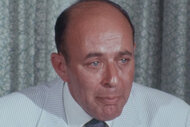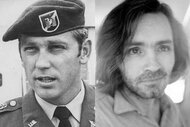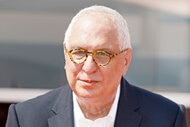Create a free profile to get unlimited access to exclusive videos, breaking news, sweepstakes, and more!
What Happened to Prince Beasley, The Police Officer At The Center Of ‘A Wilderness of Error’?
Prince Beasley repeatedly claimed one of his drug informants had confessed to the Jeffrey MacDonald family murders—but some have questioned his motivations.
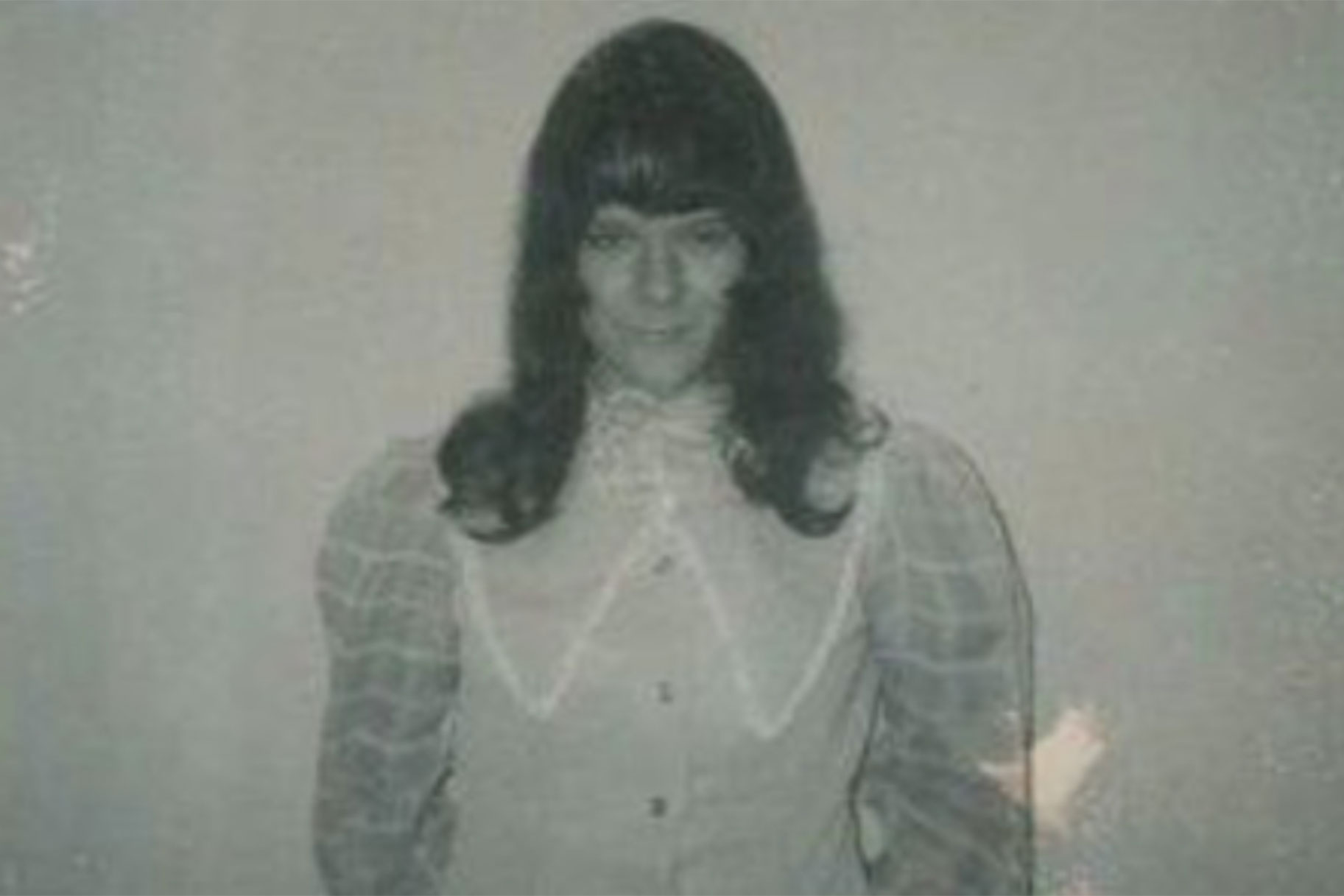
Prince Beasley has said that after hearing a description of the suspected assailants who killed Jeffrey MacDonald’s pregnant wife and two daughters—he immediately believed he knew someone who fit the description.
Jeffrey MacDonald had described four drug crazed hippies he said had broken into the family’s Fort Bragg home on Feb. 17,1970 and viciously slaughtered his wife and two daughters and left him with a puncture wound and partially collapsed lung, according to the FX docuseries “A Wilderness of Error.”
In a crime eerily reminiscent of the Manson family slayings that had occurred just six months earlier, someone had written “pig” in blood on the headboard of the MacDonald’s bed.
MacDonald described the assailants as two white males, a black male wearing a green army jacket and a woman with long blonde hair, a floppy hat and white knee-length boots.
When Fayetteville narcotics detective Prince Beasley heard the descriptions of one the alleged assailants from his captain, he said it immediately set off alarm bells.
“He had a description that the doctor had given to the (military police officers) that had (been) passed on to him,” he later recalled in an interview that aired in the docuseries. “He gave me the descriptions over the telephone and I said, ‘well, I think I know who you are talking about.’”
And so would begin a half-century debate about who was really in the home that night, Beasley’s motivations and who really killed MacDonald’s family that February night.
The Woman In The Floppy Hat
Beasley believed the description of the woman in the floppy hat resembled one of his drug informants: Helena Stoeckley.
Stoeckley occasionally wore a long-blonde wig, owned a floppy hat and was known to hang out with other drug users in the Fayetteville area.
The night after the crime, Beasley said he staked out Stoeckley’s home and approached the teenager after he saw her drive up around 2 a.m. with “all these guys that MacDonald had described.”
“I bluntly asked her, I said, ‘I know you’ve heard about the murders out at Fort Bragg. The descriptions fit you people perfectly. Were you there? Answer yes or no.’ She told me that she was on drugs, but yes, she thought she was there,” he said, according to the docuseries.
But there would be varying accounts about what happened during that first conversation—as well as the power Beasley’s influence had on his regular informant.
According to a 1998 profile in Vanity Fair, Beasley never asked Stoeckley at the time about her own whereabouts that night but only asked if she knew anyone who might fit the description. She reportedly gave him some names, including the name of Black man she knew who wore a fatigue jacket, and Beasley went on his way.
“Helena would do anything to get me to pat her on the back and act proud of her,” Beasley once said according to the magazine. “That’s why she turned in some of her best friends.”
The magazine contends that Beasley only linked Stoeckley to the crime after he went to see her in Nashville with an Army investigator from the criminal investigations division.
Bill Ivory, an investigator with the criminal investigation division at the time, also said in the docuseries that he talked with Stoeckley early on in the investigation but that there was “no information that would tie her to the case” and she lacked basic knowledge of the crime including the address of the home.
Either way, Stoeckley became forever entangled in the infamous murders that would later send Jeffrey MacDonald to prison for killing his own family.
A Witness To Murder?
In the years that followed, Stoeckley repeatedly confessed to witnessing the murders, although investigators believed the real culprit was Jeffrey MacDonald himself and would ultimately charge him with three counts of murder in the case.
Errol Morris, an American filmmaker and author who wrote the book “A Wilderness of Error” in 2012, said in the docuseries that Stockley confessed “to no fewer than a dozen people” the week before she was scheduled to testify in MacDonald’s 1979 trial, and yet, when she took the witness stand she testified that she had been on drugs and had no memory of where she had been that night.
“She told me that in her mind it seemed that she saw this thing happen but she wasn’t sure,” Beasley would later say of the alleged confession according to the docuseries. “She says she don’t remember now.”
It wasn’t the first time Stoeckley provided inconsistent information about supposedly being in the home, admitting at some points to being part of a cult that had broken into the home and other times denying any involvement in the crime.
The judge in MacDonald’s trial dismissed her as an “untrustworthy” witness and referred to her as a “tragic figure” whose statements were often made when she was heavily under the influence of drugs.
Yet even after MacDonald was found guilty, Beasley continued to trot his star witness forward.
Years later, in 1982, Stoeckley agreed to sit down with Beasley and former FBI official Ted Gunderson, who had been hired by MacDonald’s defense team, for a taped interview.
As Beasley looked on, she claimed that she had been part of a “satanic cult” that had been upset that MacDonald was “not cooperative” with helping heroin addicts while at Fort Bragg. In this interview she claimed a total of seven people had gone into the home—a significant change from MacDonald’s own account—to “make him realize he had to help us” but that things got out of control and the family was killed.
Questions Of Credibility
The controversial interview would later draw skepticism after it was revealed that both Gunderson and Beasley may have had ulterior motives for obtaining the taped confession.
In a 2012 hearing in the case, former FBI agent Raymond “Butch” Madden Jr. testified that Stoeckley had been made promises in exchange for the interview.
“They promised her the matter would be cleared up once and for all,” he said according to the docuseries. “Beasley also promised Helena employment and a new identity if possible.”
Not long before the interview, Beasley had been facing his own struggles. Police discovered him passed out drunk in the middle of an intersection prompting his “retirement” from the Fayetteville police force, according to Vanity Fair. Beasley had also been briefly hospitalized at a V.A. facility and was diagnosed with a “non-psychotic organic brain syndrome” that could cause “confusion,” the magazine reported.
He had been hoping to benefit from Stoeckley’s story by agreeing to help with a book being written by Fayetteville Times reporter Fred Bost.
Madden later testified that Gunderson also admitted that he had entered into contractual relationships with Stoeckley to pursue a book or movie deal and had “talked to several people about it,” according to the docuseries.
Homer Young, an ex-FBI agent who had been assisting Gunderson, also later told authorities that he believed there had been “an element of duress” in Stoeckley’s interview and that “unethical means” had been used to gain her cooperation, Vanity Fair reports.
Some believed that Beasley had been a hero in the story by bringing Stoeckley’s possible involvement to light in the complex case.
“Price Beasley, he’s been on this investigation since the morning of the murders,” Gunderson said during the taped interview. “He basically has birddogged the case step by step and if it wasn’t for him, there’s no question about it we wouldn’t be where we are right here today.”
Bost reportedly called him the “star detective” in the case.
But there were also those who believed that Beasley may have had undo influence on Stoeckley, who was just a teen at the time of the murders and may have been easily suggestable.
“Could Helena be influenced by prince Beasley to say she was there the night of the murders? Yes. I think Beasley had her in such a noose that she would do anything for him,” her friend Kathy Ann Connor said in the docuseries.
According to Connor, Beasley had “dealt strictly with Helena” and “would help her out” anytime she was in trouble.
“She would talk about him all the time, that he was always harassing her for information,” Connor said.
She recalled seeing her Stoeckley get into his car one night while high on drugs.
“I never knew how she got her heroin. I suspected Beasley gave it to her,” she said. “If you are an informant, you’ve got to get paid some way.”
Stoeckely’s brother, Clarence Stoeckley, also called Beasley the “catalyst that put it into her head” that she had been a part of murders.
“He told her stuff that somebody had to have been there to know,” he said in the docuseries. “She was their informant and she wore a floppy hat, so, ok, we can solve this murder real quick.”
Beasley, however, always denied coercing his informant.
“If you tried to press her or coerce her in any way, she’ll walk away and leave you standing,” he said.
Stoeckley died in 1983 of acute pneumonia and cirrhosis of the liver—but her claims continue to plague the case today.
MacDonald has repeatedly tried to appeal his conviction, often pointing to Stoeckley’s claims about being in the home that night with a group of hippies, but his conviction remains intact and MacDonald, now 77, remains behind bars for the grisly slayings.
Beasley died in the 1990s, taking with him whatever knowledge he had about the case.
